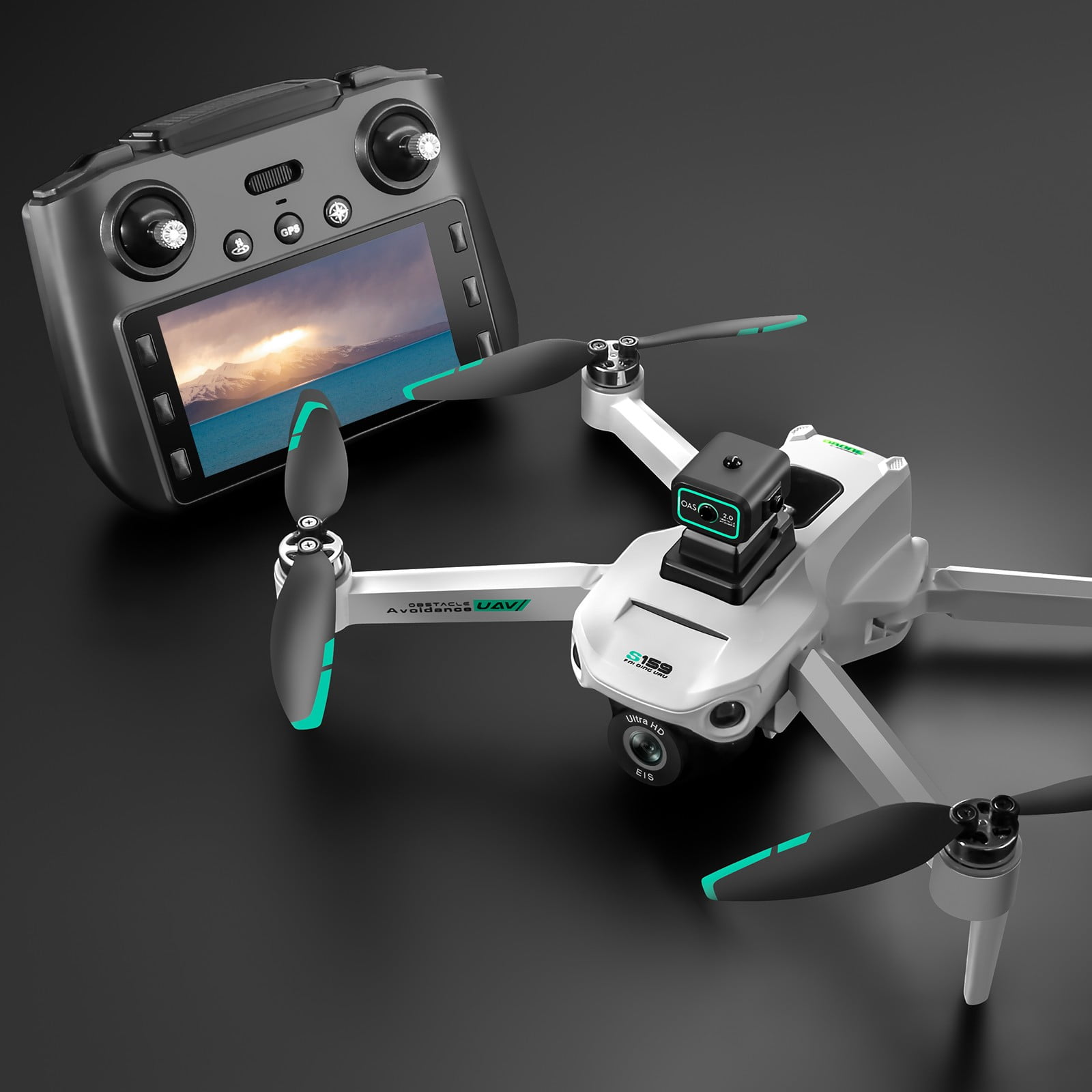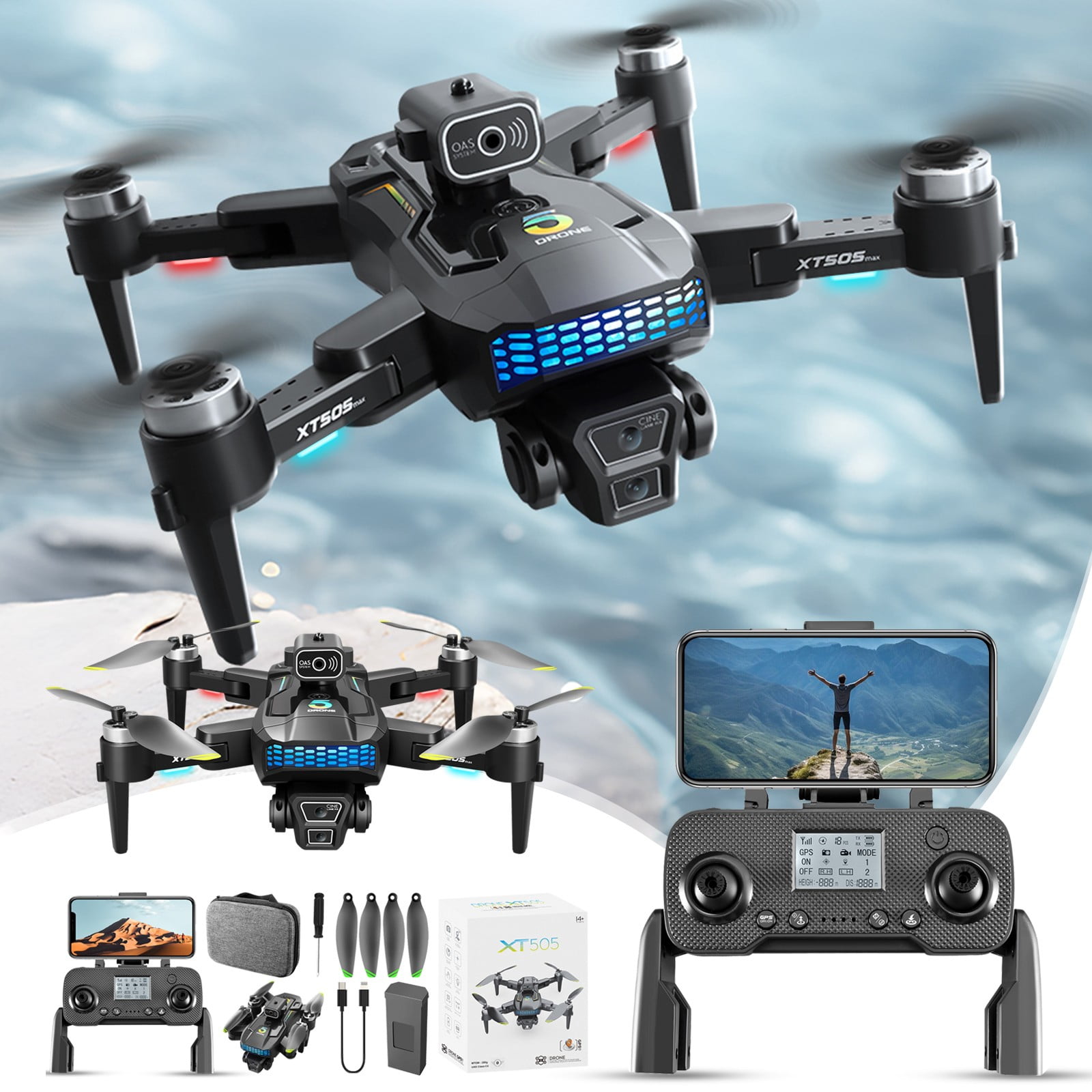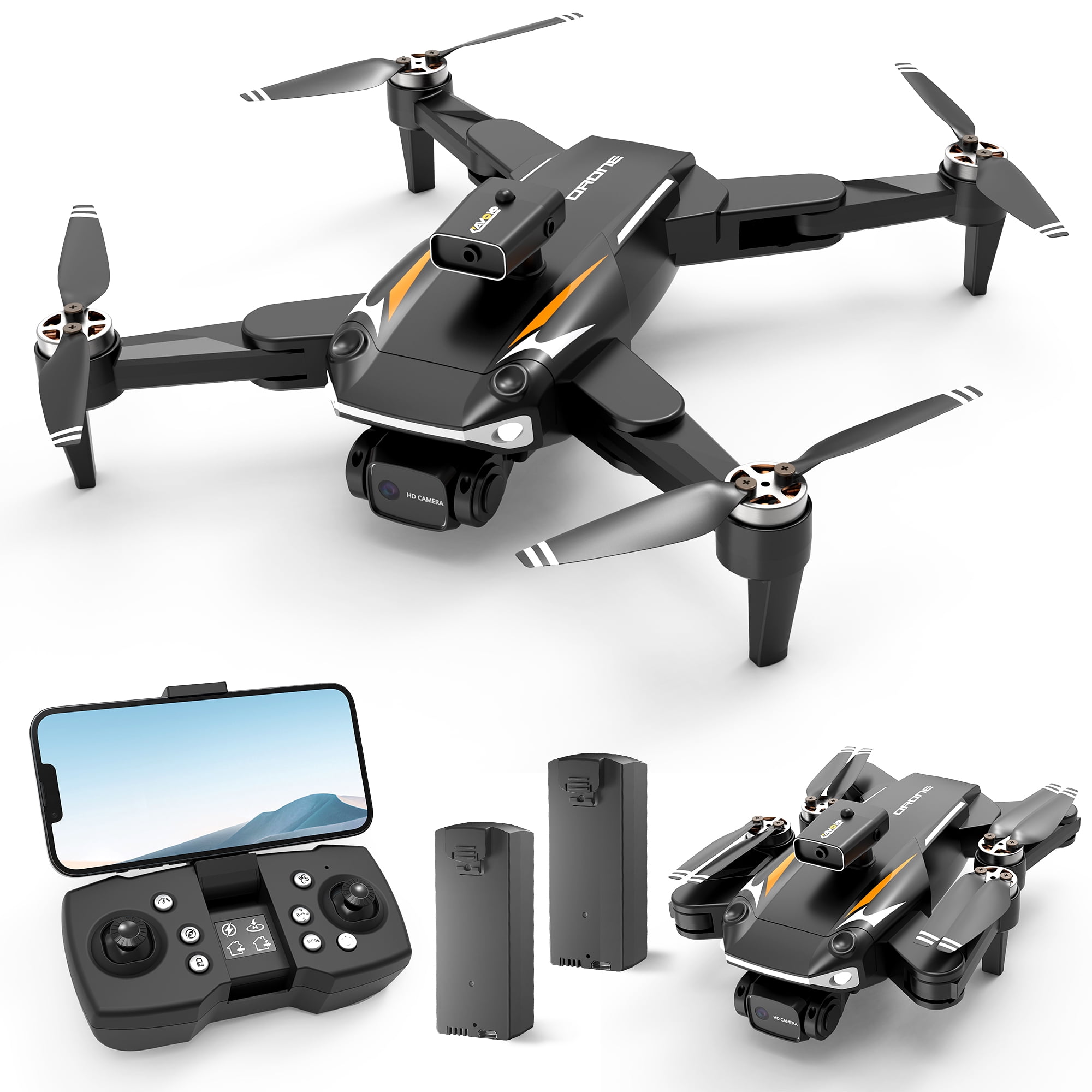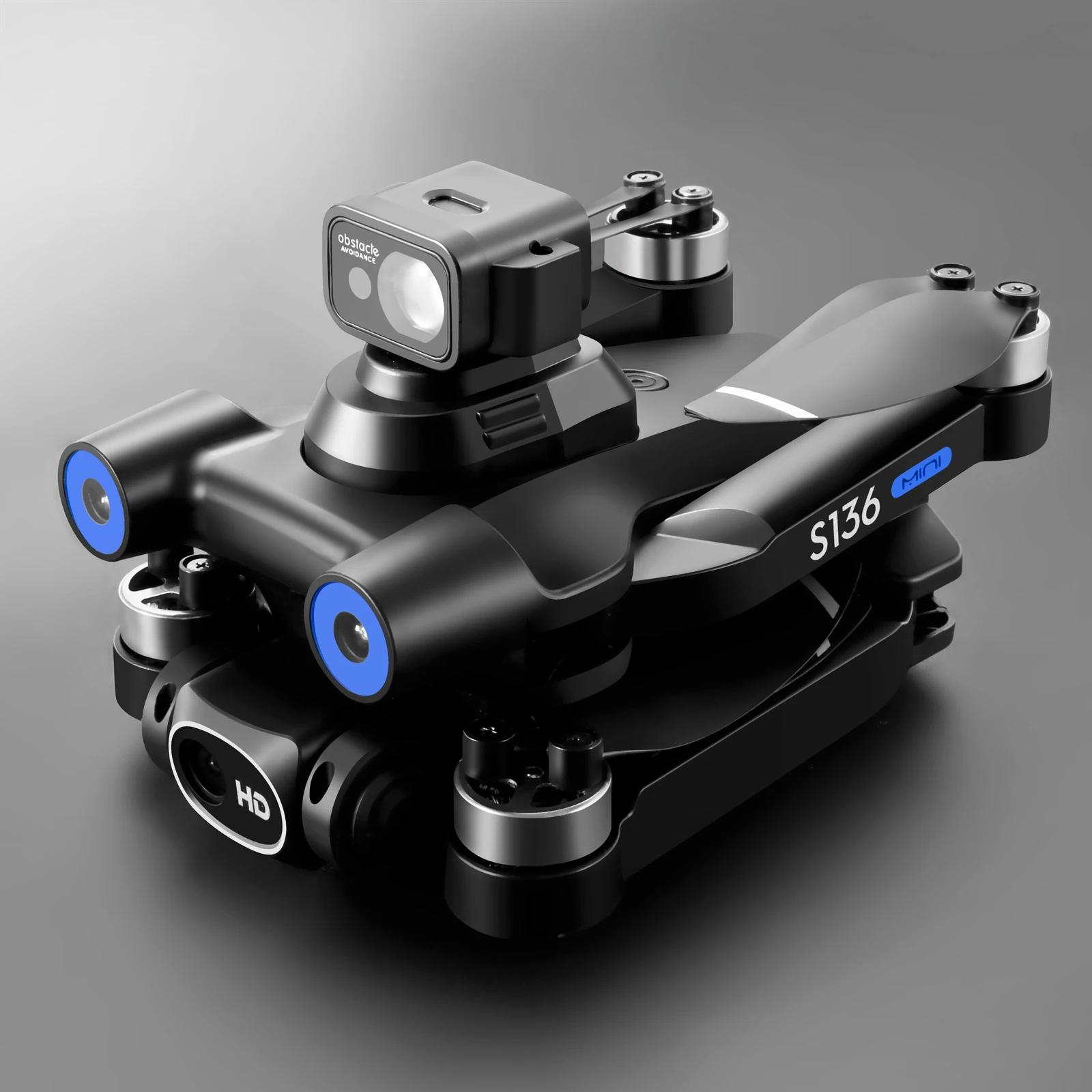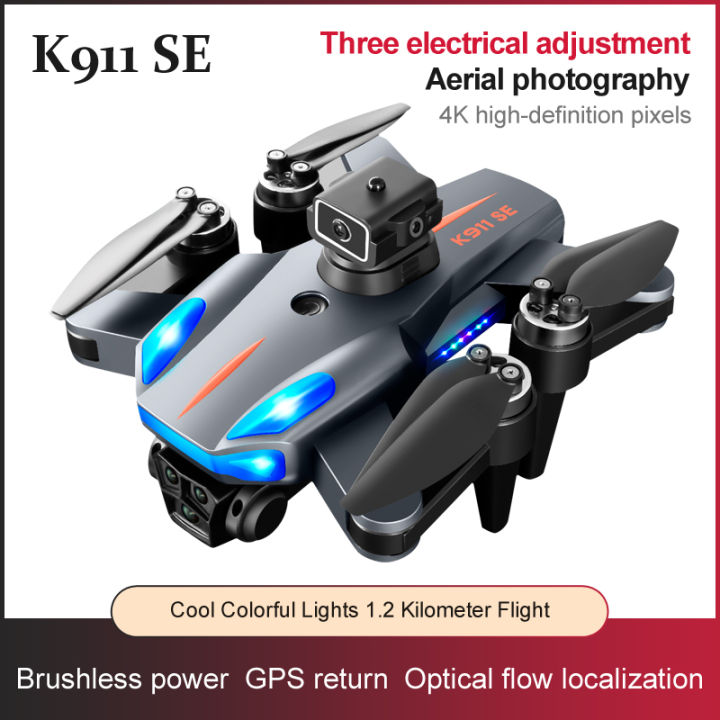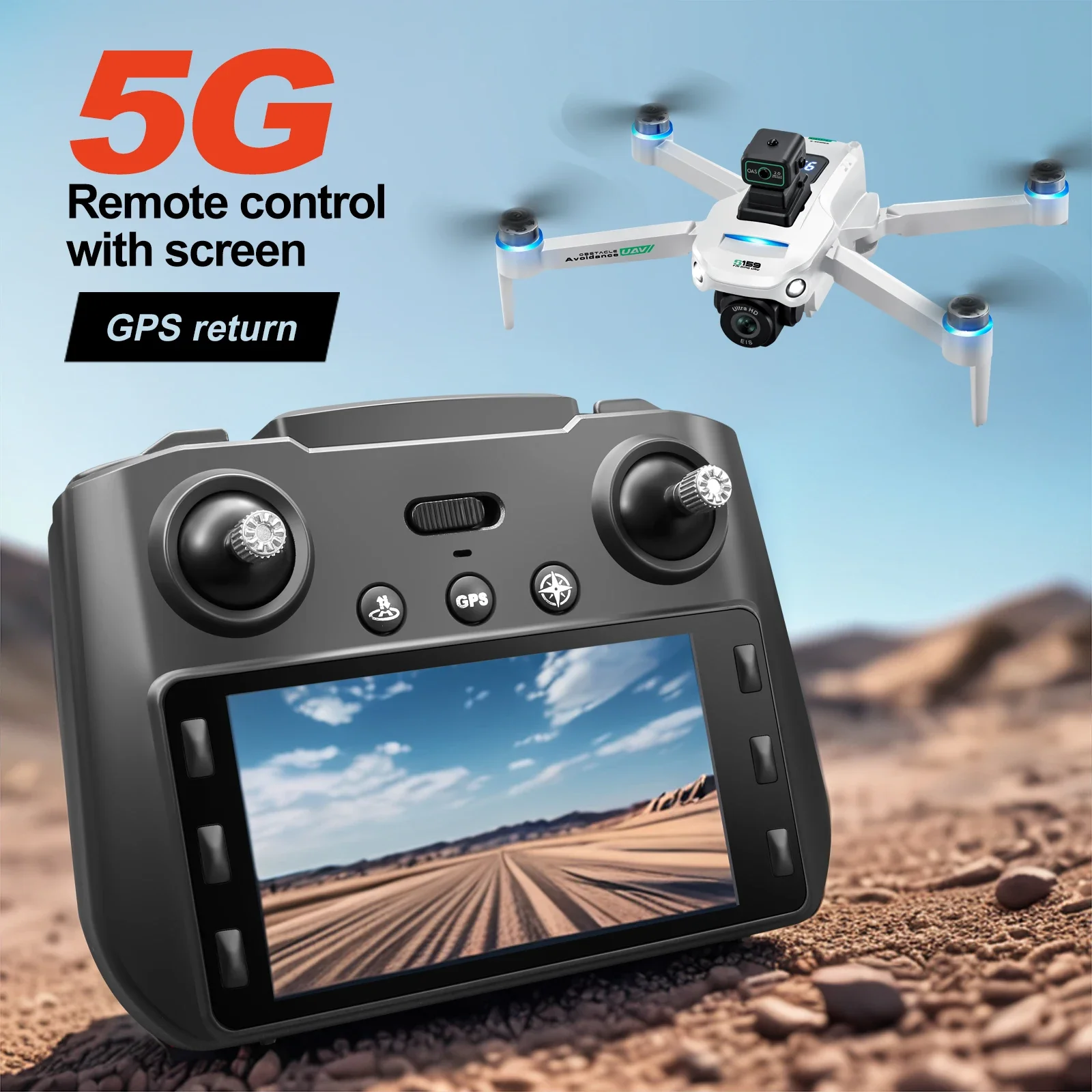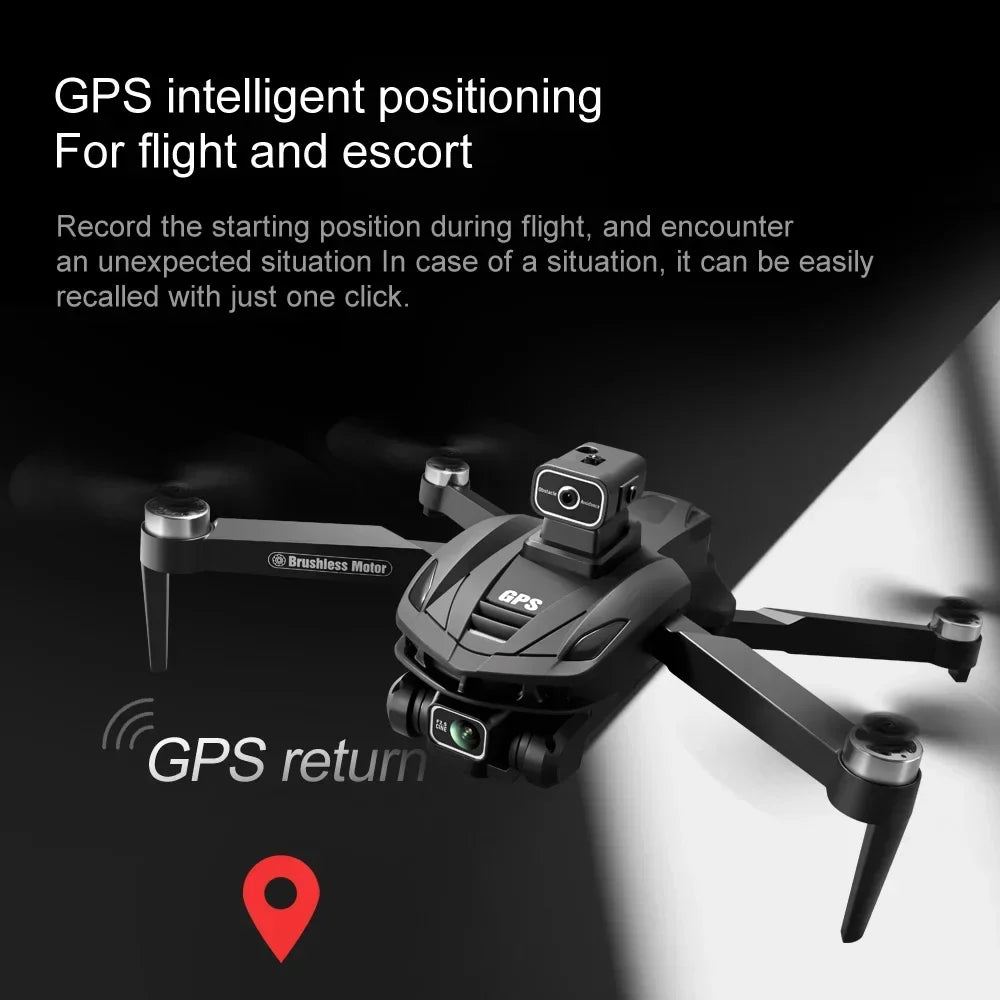Drone With Gps And Camera Under $200

The drone market is about to be shaken. Affordable drones equipped with GPS and cameras, previously costing upwards of $300, are now hitting the market for under $200, promising accessibility to a wider audience.
This price drop, attributed to advancements in manufacturing and increased competition, democratizes drone technology, making aerial photography and videography attainable for hobbyists and professionals alike. The impact on the industry is predicted to be significant, potentially disrupting established brands.
New Entrants Challenge Established Players
Several manufacturers, primarily based in China, are spearheading this price reduction. Companies like JJRC and Eachine are releasing models featuring GPS-assisted flight, 1080p cameras, and extended flight times, all for under $200.
These drones are readily available through online retailers such as Amazon, AliExpress, and Banggood. This accessibility eliminates the need for specialized drone stores, further contributing to market disruption.
Key Features and Specifications
While specific models vary, common features include GPS-enabled return-to-home functionality. Many also incorporate altitude hold, allowing for stable hovering and easier image capture.
Camera resolutions typically range from 720p to 1080p, sufficient for recreational use. Flight times generally range from 15 to 20 minutes per battery charge.
Be aware, these budget-friendly drones may lack some of the advanced features found in higher-end models. Obstacle avoidance and 4K video recording are often absent.
Potential Applications and Impact
The affordability of these drones expands their potential applications beyond recreational use. Real estate agents, small business owners, and even educators could benefit from aerial imagery.
The lower price point also makes drones more accessible for educational purposes. Students can use them for research, mapping projects, and STEM learning.
However, increased accessibility raises concerns about responsible drone use. Regulatory bodies may need to adapt to address the potential risks associated with a surge in drone ownership.
Regulatory Considerations
Regardless of price, all drone operators must adhere to existing aviation regulations. In the United States, this includes registering drones weighing over 250 grams with the FAA.
Many countries have restrictions on where drones can be flown. Flying near airports, over crowds, or at night is generally prohibited without specific authorization.
Operators should familiarize themselves with local laws and regulations before flying. Failure to comply can result in fines and penalties.
Concerns Regarding Data Security
The incorporation of GPS and cameras raises legitimate privacy concerns. Data security becomes crucial as more affordable drones enter the market.
Users should be aware of the data collection practices of the drone manufacturer. Understanding how personal information is stored and used is essential.
It is highly recommended to review the drone's privacy policy before using it. This transparency helps safeguard privacy while embracing drone technology.
Ongoing Developments
Analysts predict continued price reductions in the drone market. Competition among manufacturers is expected to drive innovation and affordability.
Future developments may include improved camera technology, enhanced flight stability, and longer flight times. These advancements are likely to become standard features in budget-friendly drones.
Consumers should stay informed about new models and regulatory updates. Keeping up with these changes is essential for responsible and enjoyable drone ownership.

